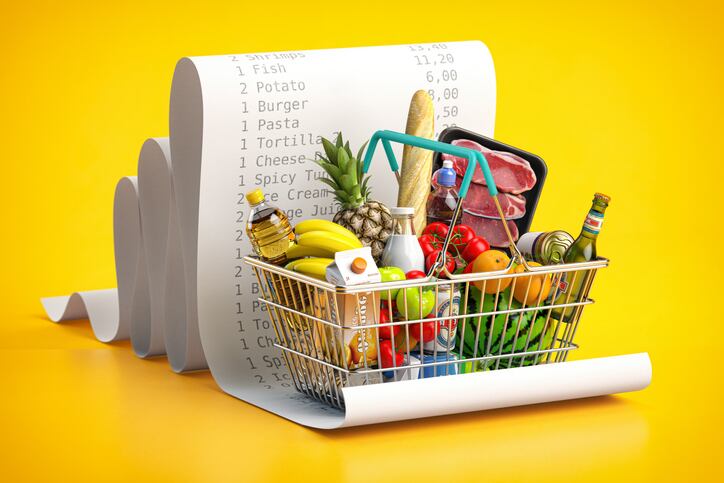Despite a notable slowdown in inflation for food consumed at home in recent months, including a 0.3% drop from February to March, year-over-year inflation for food consumed at home is up 8.4%, according the US Labor Department.
In response, nearly three-quarters of shoppers expressed concern with rising food prices and nearly all of them (94%) have recalibrated their approaches and priorities when deciding how and where to shop and what to eat, according to FMI’s latest update to its US Grocery Shopping Trends 2023 series published yesterday.
For some, higher prices means buying fewer items (31%), looking for more deals (52%) or switching to less expensive store brands (41%) to maximize value in the historic sense of the term – buying more for less, according to FMI.
But the research also found that younger shoppers’ notion of ‘value’ goes beyond price, with many adopting strategies that still allow them to buy products that meet their health, nutrition and ethical values as well as personal priorities and needs, FMI reports.
For example, FMI found 62% of millennials try to minimize food waste (and expenses) by buying only what they need, and 25% say they avoid spending on something that will go to waste – a strategy that “reflects greater intentionality as shoppers consider utility and trade-offs between needs and wants for both themselves and others in their households.”
On the flip side, 26% of consumers opt for larger packages for better price per unit and 36% buy high-quality products at a good price.
Likewise, FMI found consumers increasingly are seeking to balance tension between price and convenience with nearly half willing to shop multiple stores to get the best value and a third willing to pay more to avoid shopping multiple stores – a figure that jumps to 50% for millennials.
“Younger shoppers are also willing to spend more money to shop in pleasant stores (experience) and are most likely to prioritize ethical considerations (quality), such as fair treatment of employees and sustainability,” according to the report.
Retailers must tailor their value proposition to meet consumers’ evolving definition
As consumers’ equation for determining value evolves, retailers also must consider value “more holistically,” FMI advises.
“Developing a unique identity by embracing multiple dimensions of value that transcend specific categories or departments can help retailers stand out by standing for more than just good prices and deals,” the trade group explains.
Although it cautions that retailers cannot and should not try to be everything to everyone.
“Retailers can find and develop distinctive and defensible value stories by identifying and doubling-down on those dimensions of ‘good value’ shoppers tend to associated with their respective channel or, conversely, to identify liabilities in their banner’s/channel’s value propositions and develop initiatives to shore up those weaknesses,” FMI explains.

